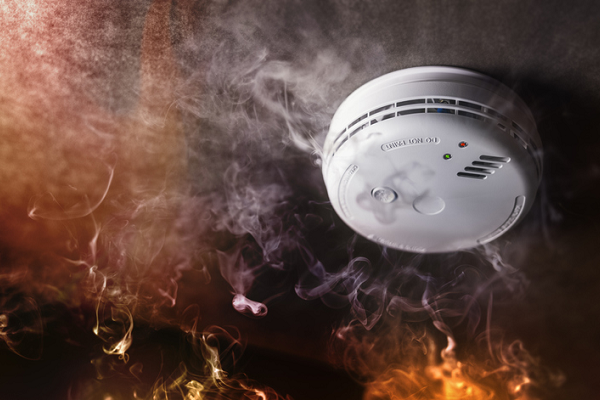Standards Australia continues community safety in the warmer months

Standards Australia has continued its community safety in the warmer months, committing to prioritising fire safety, working with partners, organisations and communities to minimise fire risks and safeguard lives, property and the environment.
To improve fire safety in NSW’s residential apartment buildings, a joint training program was developed to address fire door safety measures in partnership with the Office of the NSW Building Commissioner (OBC). The module is delivered by TAFE NSW’s Construct NSW Digital Learning Platform.
The organisation has also entered partnerships with organisations like FireMate. The technology provider uses its asset management app to integrate fire protection standards into technicians’ workflows, promoting efficient testing and maintenance in real-time. AS 1851:2012, Routine service of fire protection systems and equipment, a key standard, is fully incorporated into the app, amongst other relevant Australian Standards.
The app is a good example of how Standards Australia is achieving its promise to provide better access to standards under its Distribution and Licensing Policy Framework with Standards Australia continuing to seek innovative partnerships to enhance standards delivery and serve industries, communities and customers effectively.
While bushfires are a significant concern, residential fires claim more Australian lives on average than all natural hazards combined (as shown in research from Macquarie University and the Bushfire and Natural Hazards Co-operative Research Centre). Some of the leading causes of house fires are electrical, heating appliances, lighting, smoking indoors and cooking equipment.
To counter these risks, new standards have been introduced to supplement existing standards.
- AS 1670.6:2023, Fire detection, control, warning, and intercom systems, system design, installation, and commissioning Part 6: smoke alarm systems. This updated standard streamlines the design, installation and commissioning of smoke alarm systems for diverse residential properties.
- AS/NZS 5601.1, Gas installations, Part 1: General installations. Published in 2022, the revised standard has significant changes designed to mitigate property damage and house fires linked to multilayer gas pipes.
- AS/NZS 3000:2018, Electrical Installations. This fundamental standard, also known as the ‘Wiring Rules’, provides the technical rules that help electricians design and construct electrical installations.
- AS 5113:2016, Classification of external walls of buildings based on reaction to fire performance. These standard outlines passive fire protection systems that prevent flame spread and includes guidance and testing methods for building materials, smoke doors and ventilation systems.
Bushfires are a serious threat to Australian society and economy. To reduce the risk and impact of bushfires, it’s imperative that industries, government and the community follow best practices and standards for building and maintaining homes in bushfire-prone areas.
Following the devastating 2019-20 Black Summer, the Australasian Fire Authorities Council (AFAC) reported that more than 3,000 houses were lost across most states. To prevent a repeat, AS 3959:2918, Construction of buildings in bushfire-prone areas was officially adopted in March 2020. This standard covers the bushfire safety requirements of building in a bushfire-prone area as well as provides the methodology to assess a home’s bushfire vulnerability levels.
More recently, AFAC has released the Bushfire Seasonal Outlook Spring 20232, urging communities, especially in Queensland, New South Wales and the Northern Territory, to prepare for another significant bushfire season.
Standards Australia has many important initiatives underway to help inform Australians about fire protection. A handbook is being prepared, due to be published in mid-2024, with a focus on home maintenance in bushfire-prone regions and a review of general construction requirements for buildings in bushfire areas.
In addition, the standard AS 5334-2013, Climate change adaptation for settlements and infrastructure introduces a risk-based approach to climate change adaptation for settlements and infrastructure, addressing rising temperatures’ impact on bushfires recurrence.
